#11 in Vietnam
Cháo: Ingredients and Preparation
Main Ingredients
Main Cooking Method
Preparation Process
Cháo: A Deep Dive
Cultural Significance
Taste
Texture
Aroma
Color
Serving Style
Serving Temperature
Accompaniment
- Fried Donut (Dầu Cháo Quẩy/Youtiao)
- Gỏi (Vietnamese Salads)
- Fried Shallots or Garlic Slices
- Chopped Scallions and Cilantro
Occasions
Seasons
Special Diets
Calories
Popularity
Popular Similar Dishes
- Cháo Vịt
- Cháo Lòng
- Cháo Gà
Popular Dining Area
Cháo is a term that refers to rice congee or rice porridge in Vietnamese cuisine. This dish is typically made by simmering rice in a large amount of water until it breaks down and becomes a thick, creamy soup.
Cháo can be served plain or flavored with various ingredients such as meats, seafood, and vegetables. This dish is often garnished with fresh herbs, sliced scallions, and a sprinkle of black pepper, and accompanied by dầu cháo quẩy (youtiao or fried dough sticks) or other sides.
It’s often consumed as a comfort food, particularly when someone is ill, as it is easy to digest and can be very nourishing. I’ll guide you through the dish’s main characteristics, different styles, side dishes, advantages and disadvantages, frequently asked queries, and comparable meals.
Key Points
Cháo Images
What Are Famous Variations of Cháo?
Here’s an easy-to-understand summary of different types of cháo, detailing their key ingredients and distinct features:
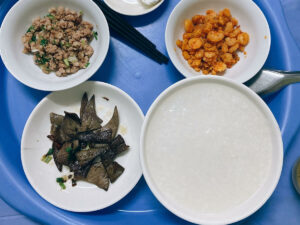
Cháo Hoa or Cháo Trắng
Traditional, simple, light flavor, easy to digest, versatile in pairings
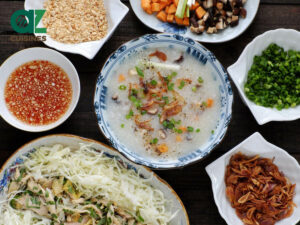
Cháo Gà
Comforting, hearty, rich flavor, often enjoyed in colder weather. Usually accompanied by gỏi gà.
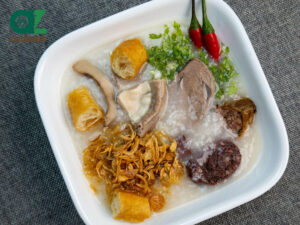
Cháo Lòng
Pork offal congee with a unique flavor profile, usually served with quẩy or youtiao.
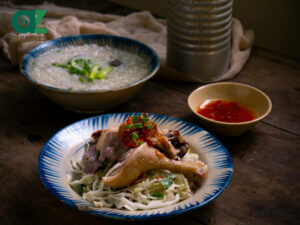
Cháo Vịt
Rich, creamy texture, deep flavor from duck, fresh herbs enhance taste. Usually accompanied by gỏi vịt.
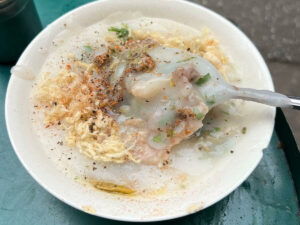
Cháo Sườn
Tender pork ribs and rice in flavorful broth, sweetness from stewed ribs. Often accompanied by quẩy or youtiao.
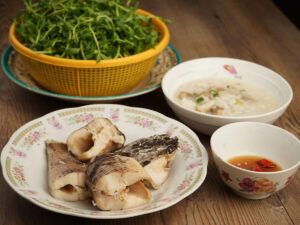
Cháo Cá
Creamy and soft, with tender pieces of fish
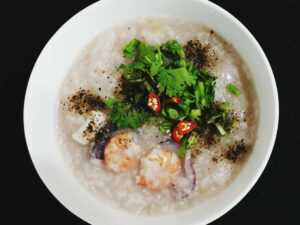
Cháo Hải Sản
Smooth, with pieces of seafood offering a varied texture
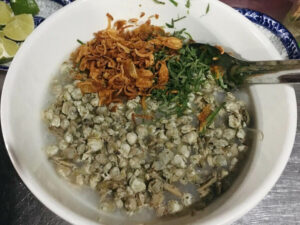
Cháo Hến
Savory flavor with freshness of mussels
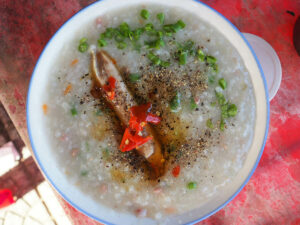
Cháo Bò
Rich, meaty flavor, comforting warmth
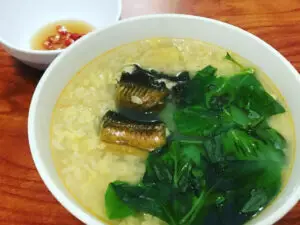
Cháo Lươn
Flavorful eel-based congee, commonly enjoyed for its nutritious value.
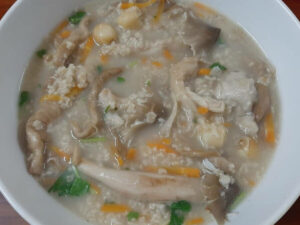
Cháo Chay
Vegan, simple, versatile toppings, deep umami flavors with mushrooms
These variations of cháo showcase a rich culinary diversity, each offering unique tastes and textures, often enhanced by their specific accompaniments that complement the main ingredients perfectly.
What to Serve with Cháo?
When serving Cháo, a Vietnamese rice porridge, consider the following 4 accompaniments:
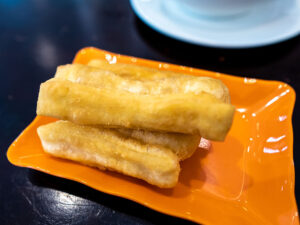
Fried Donut (Dầu Cháo Quẩy/Youtiao)
A deep-fried bread, crispy, chewy, and fatty, adding texture and flavor to the Cháo.
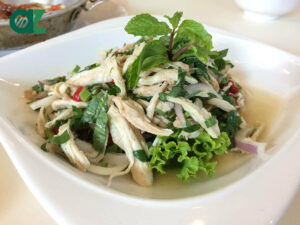
Gỏi (Vietnamese Salads)
Cháo gà and cháo vịt are usually accompanied by gỏi (Vietnamese salads).
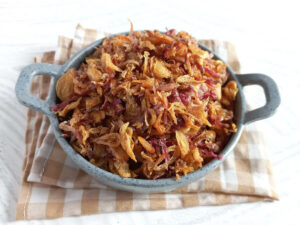
Fried Shallots or Garlic Slices
Crispy allium elements that complement Vietnamese Cháo well.
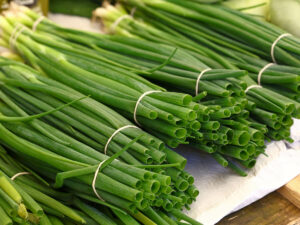
Chopped Scallions and Cilantro
A classic combination of herbs in Vietnamese cuisine
While these accompaniments enrich the taste and texture of Cháo, it’s important to consider the pros and cons of this Vietnamese rice porridge.
Pros and Cons of Eating Cháo
Explore the advantages and disadvantages of cháo, a beloved Vietnamese cuisine staple:
Pros
Cons
To further understand cháo and how it fits into various diets and lifestyles, exploring commonly asked questions about this Vietnamese rice porridge.


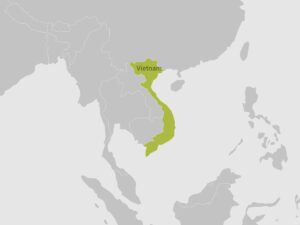
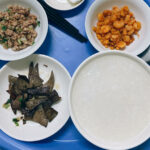
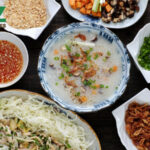
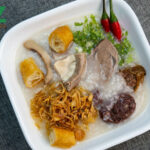
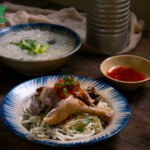
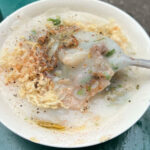
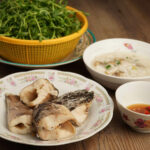
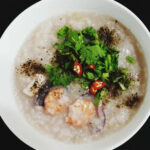
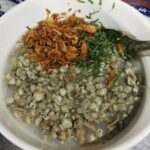
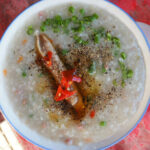
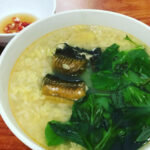
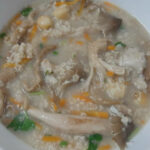
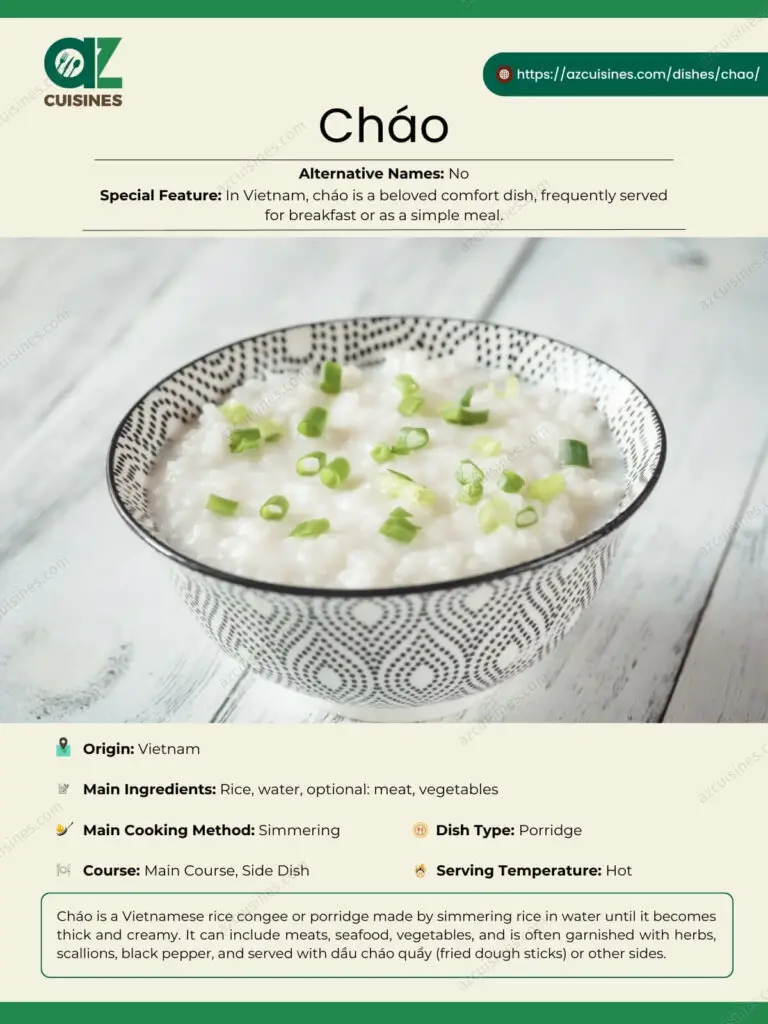
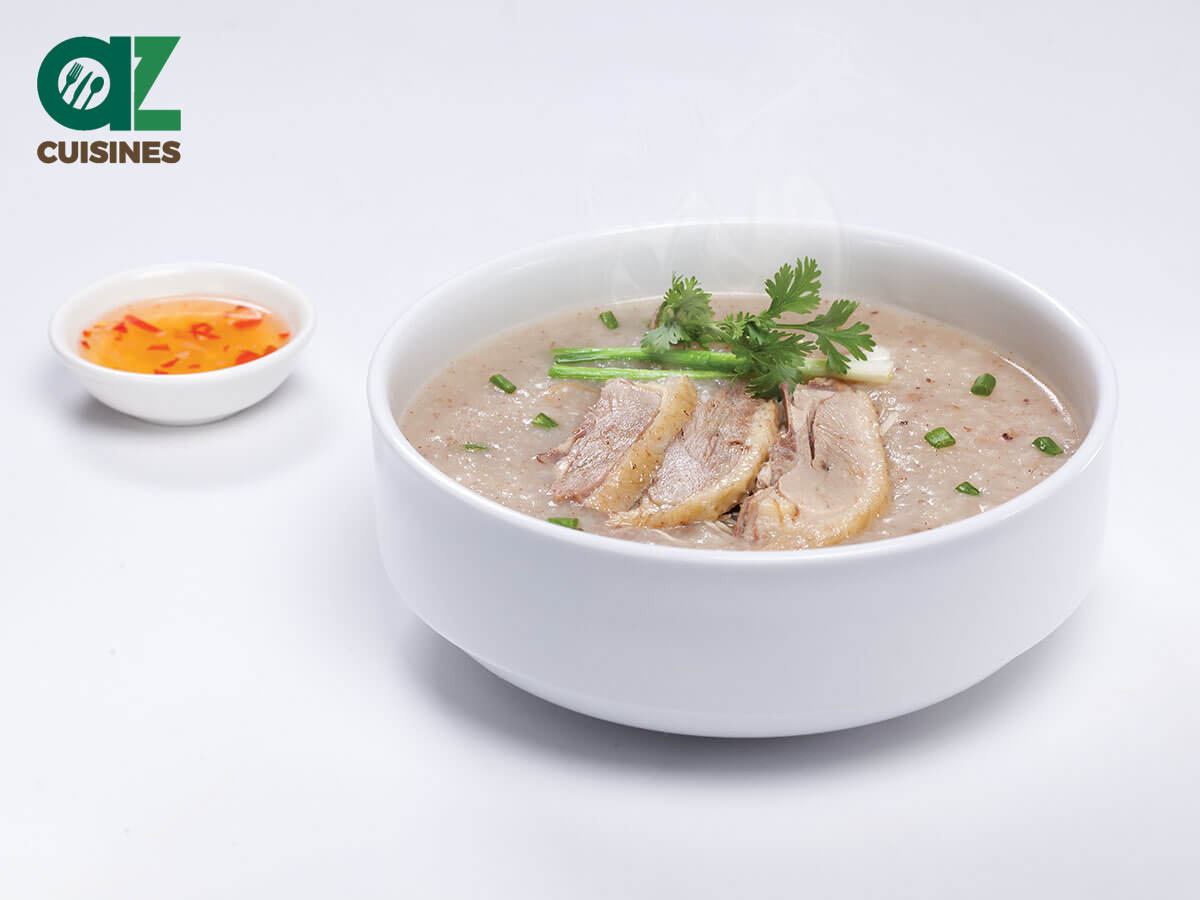
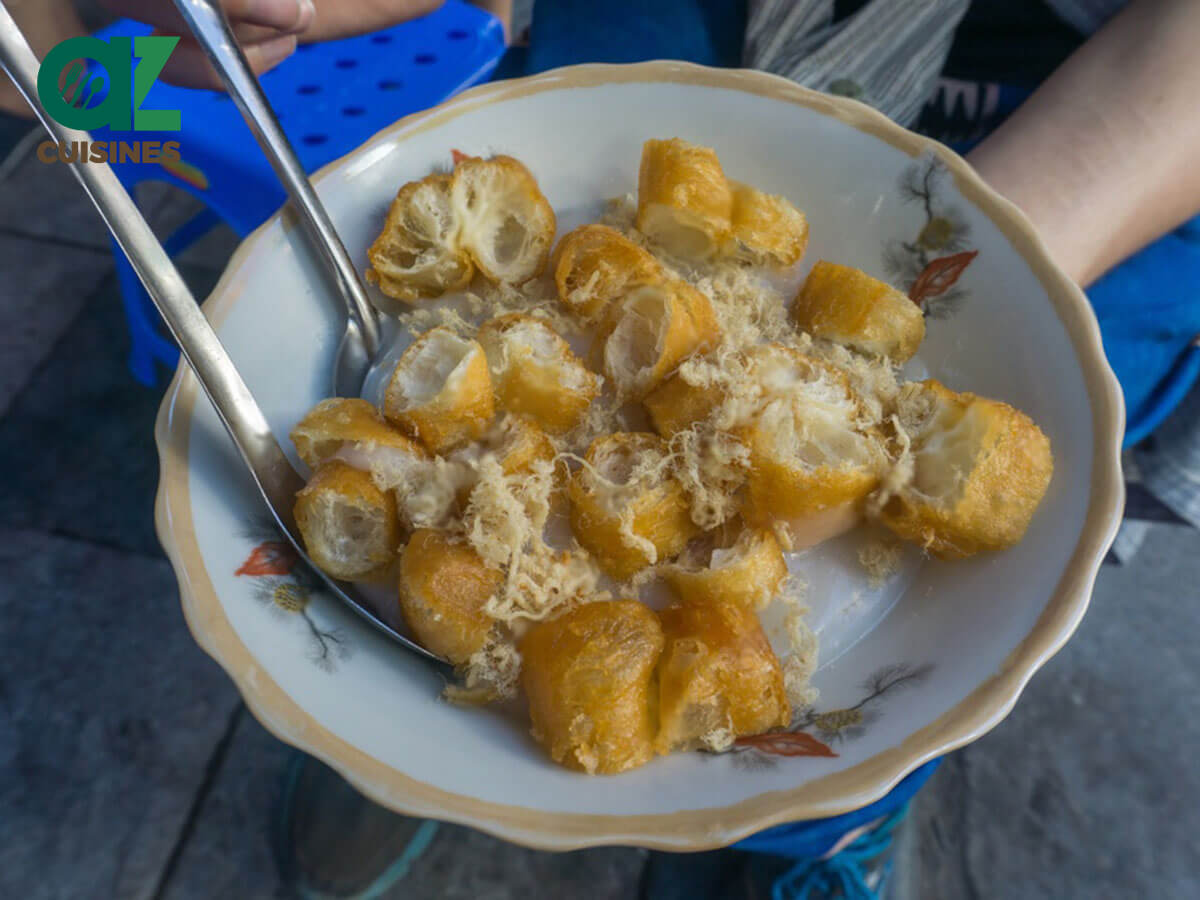
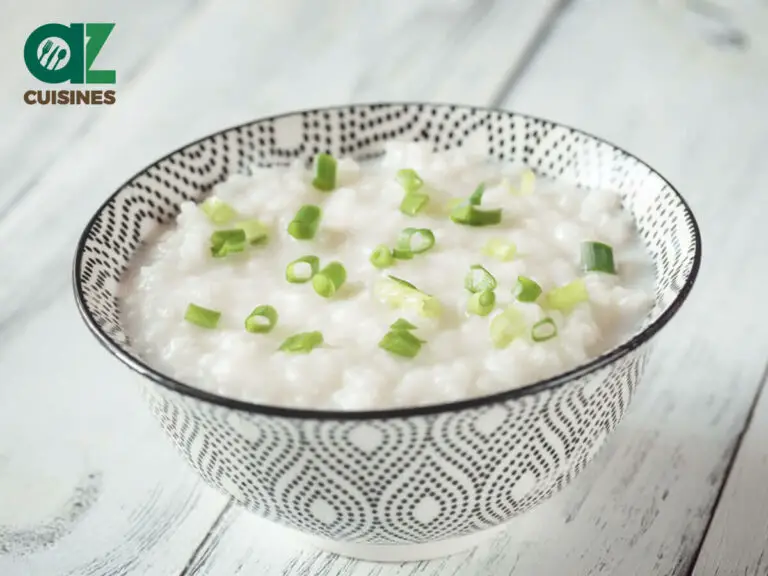
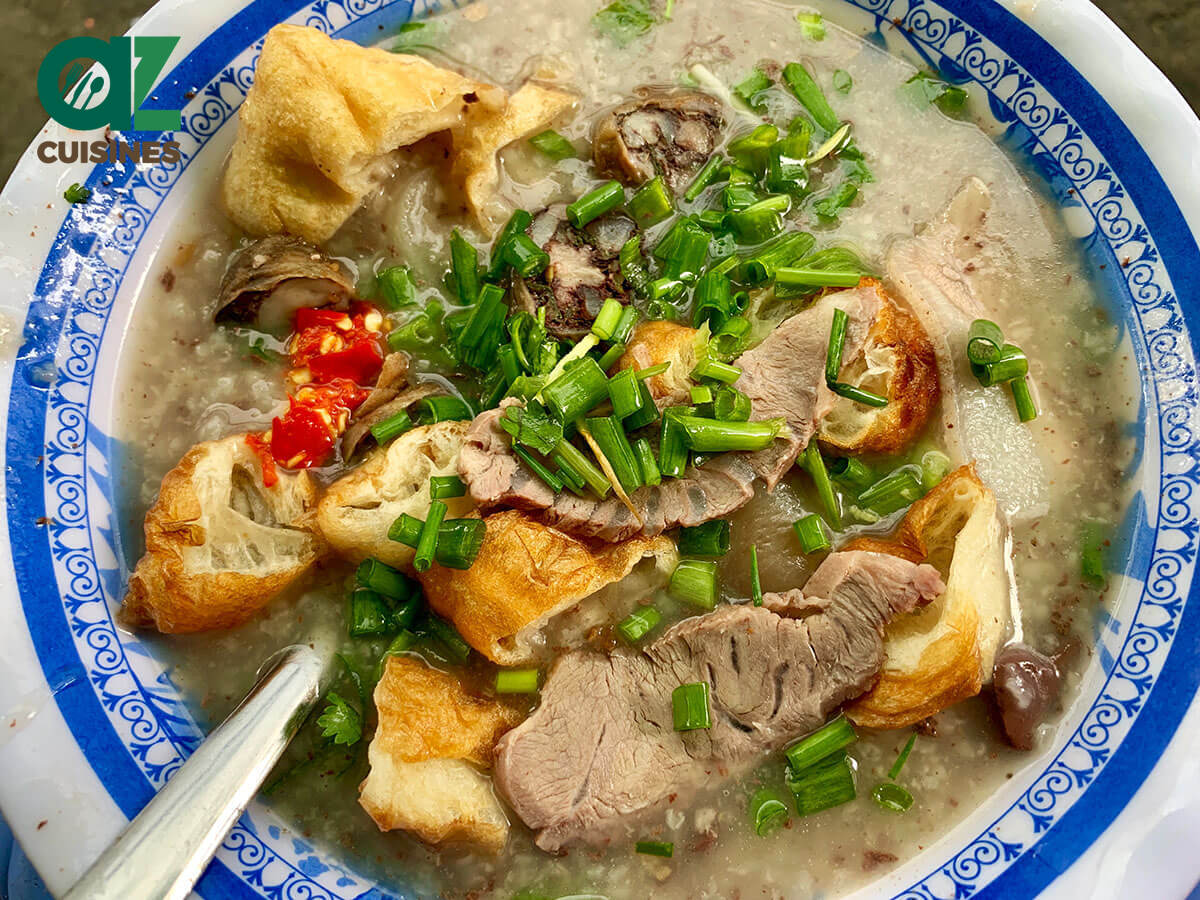
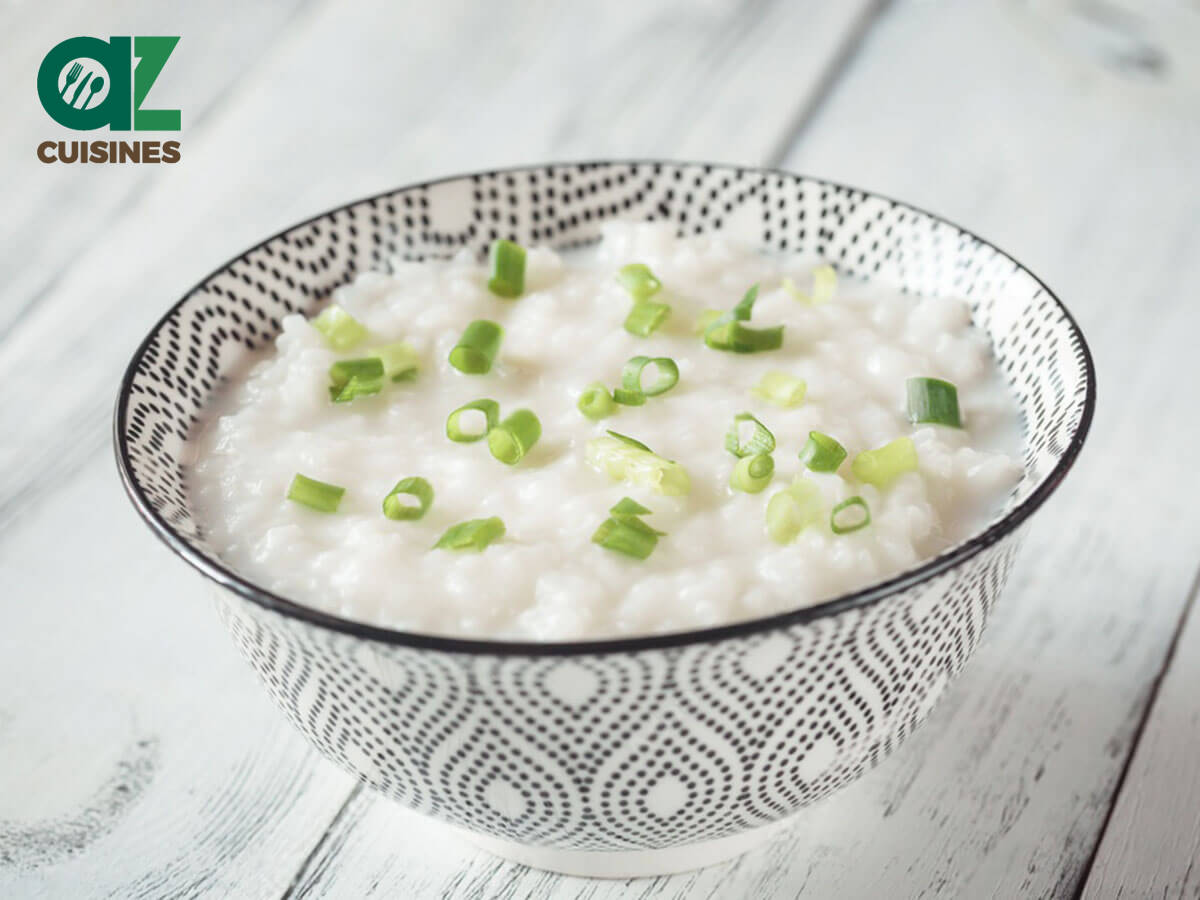
Truc Tran (Kris)
Senior Food Editor
Expertise
Home Cooking, Meal Planning, Recipe Development, Baking and Pastry, Food Editor, Cooking-video Maker, Vietnamese Food Evaluation Expert
Education
Truc Tran (Kris), an experienced food writer and editor, is great at exploring and describing global cuisines, from simple street food to fancy dining. In her writing, she skillfully mixes different flavors, cooking methods, and culinary traditions, showing the unique character of various cultures through their food and drinks. On azcuisines.com, Kris highlights her knowledge, especially in Asian cuisine and worldwide traditional dishes.